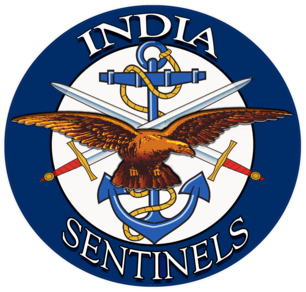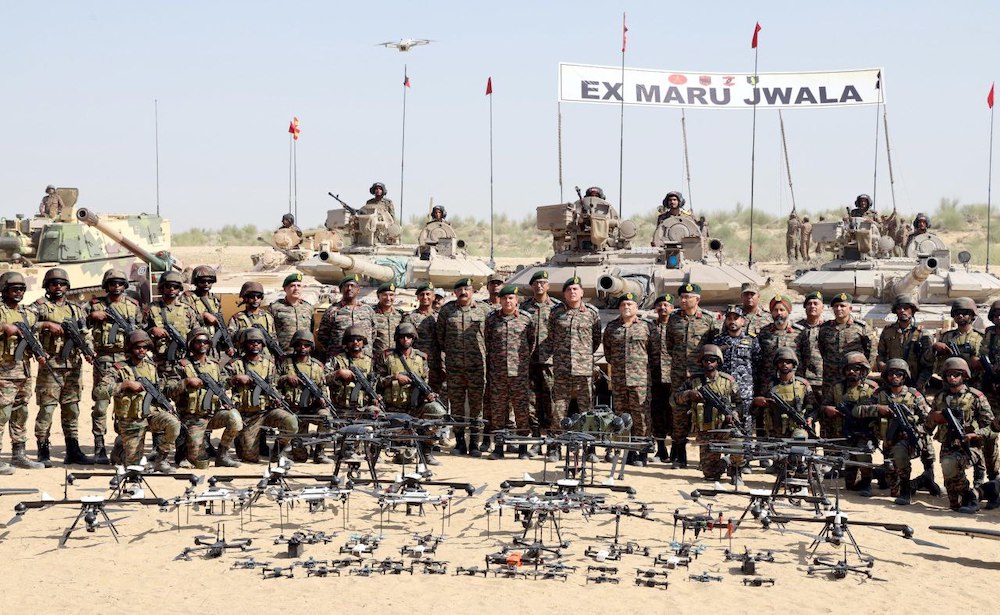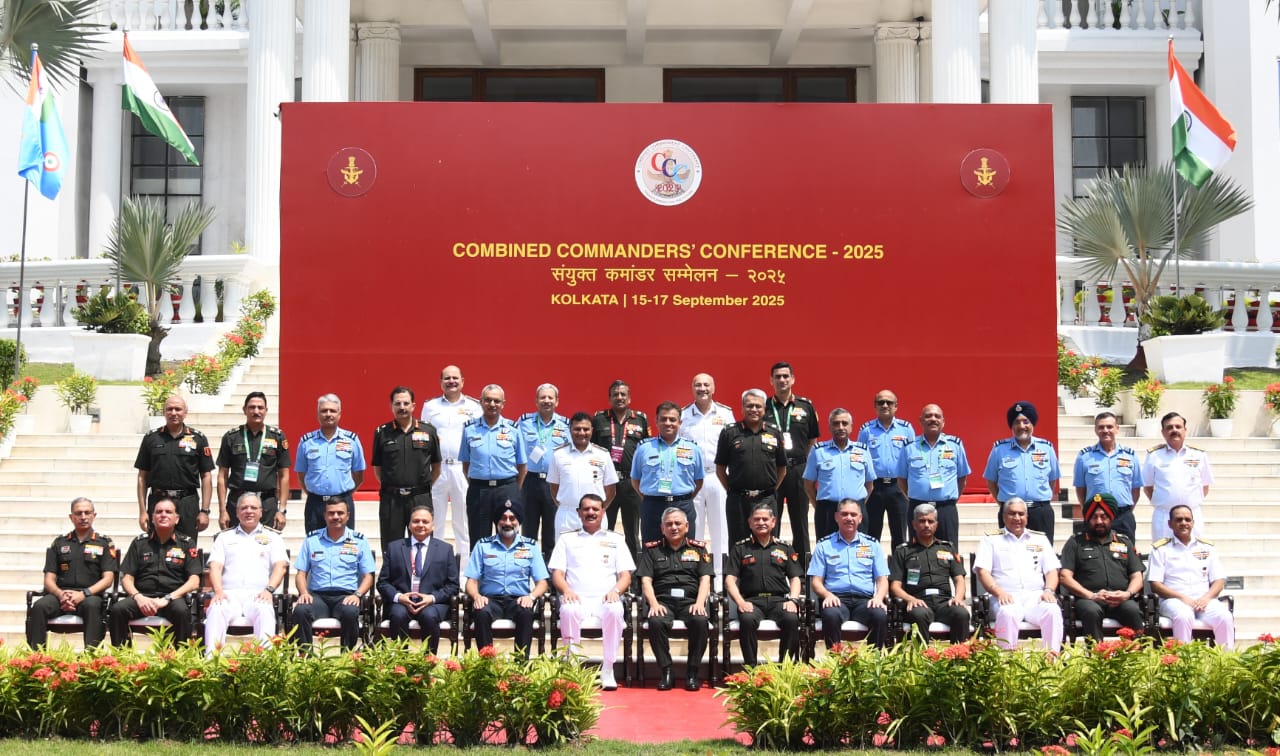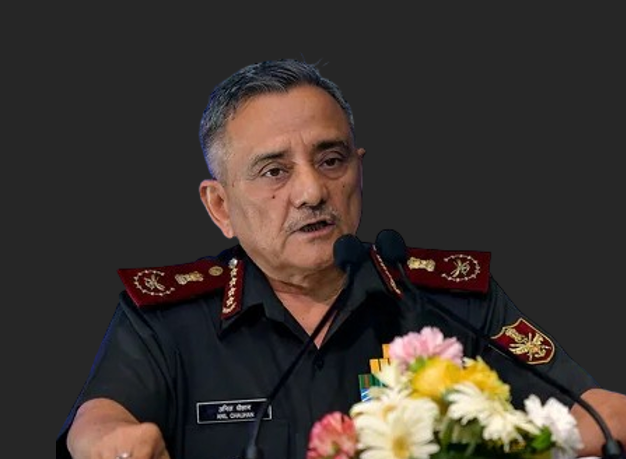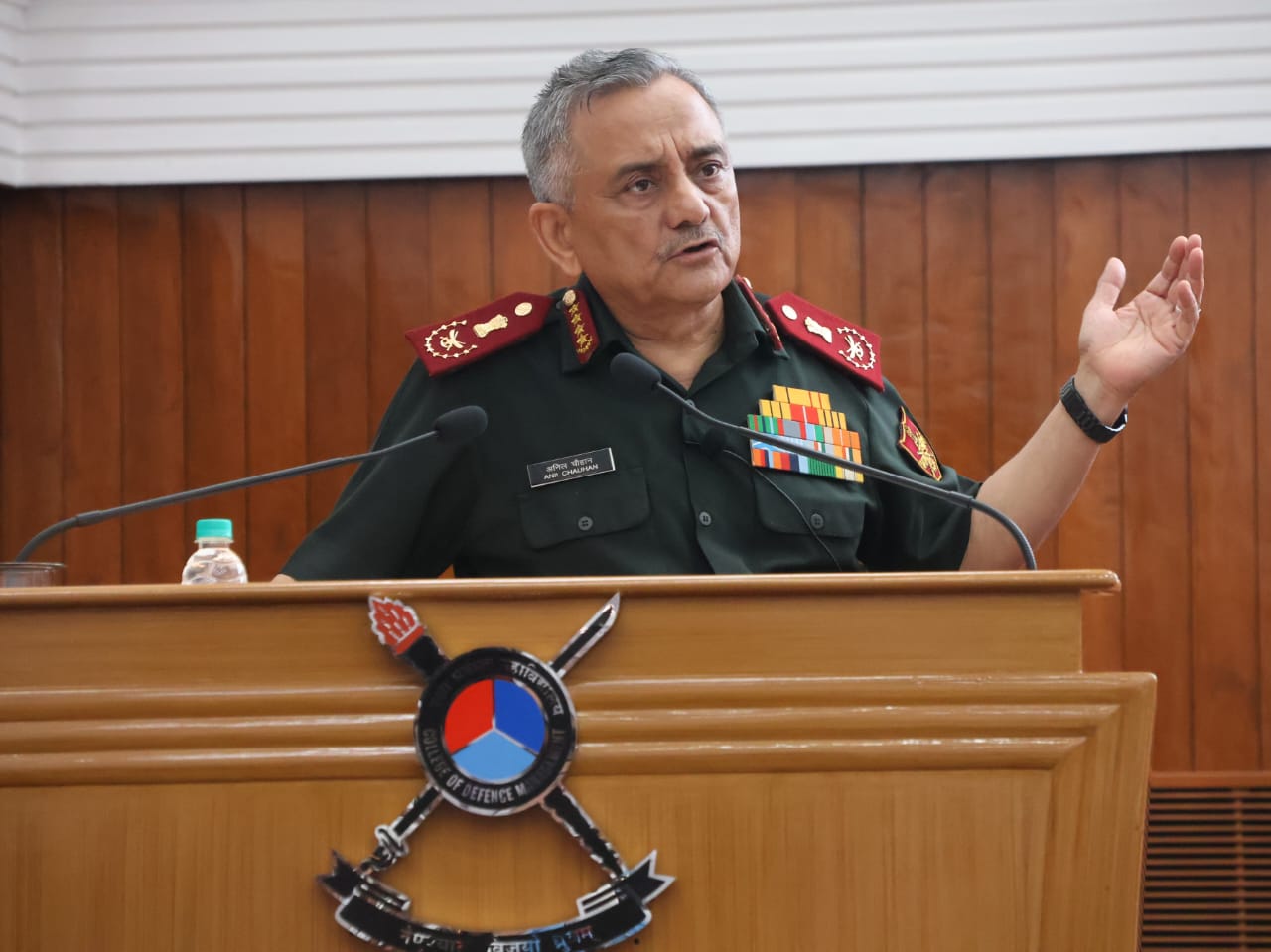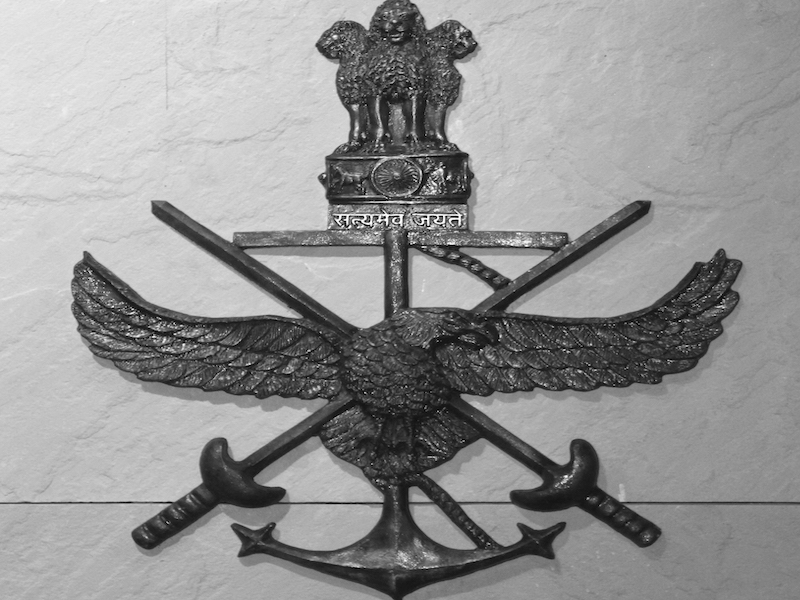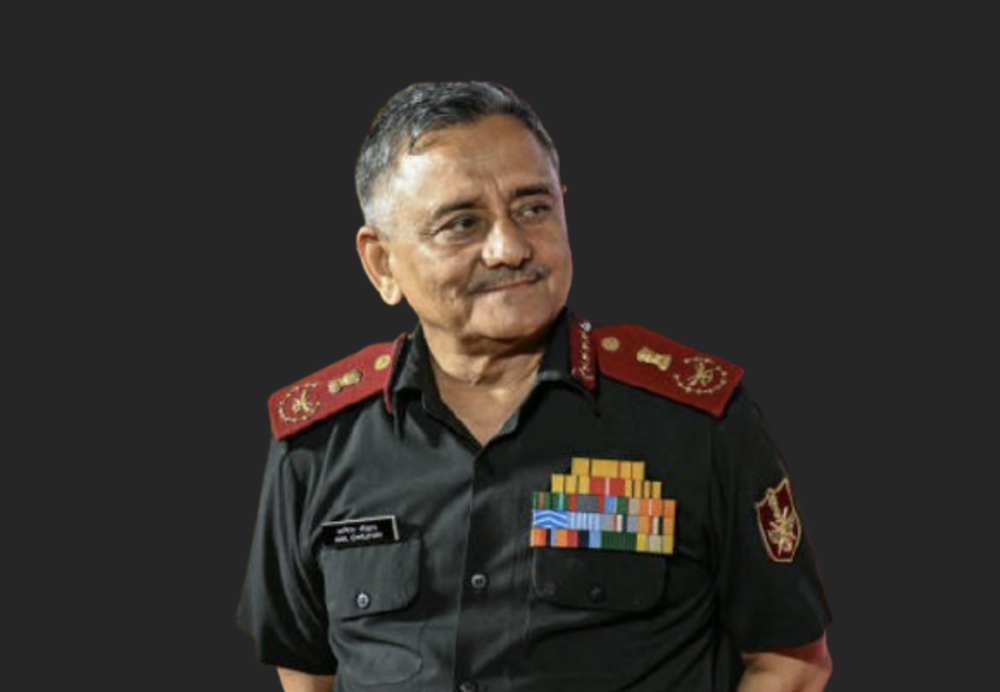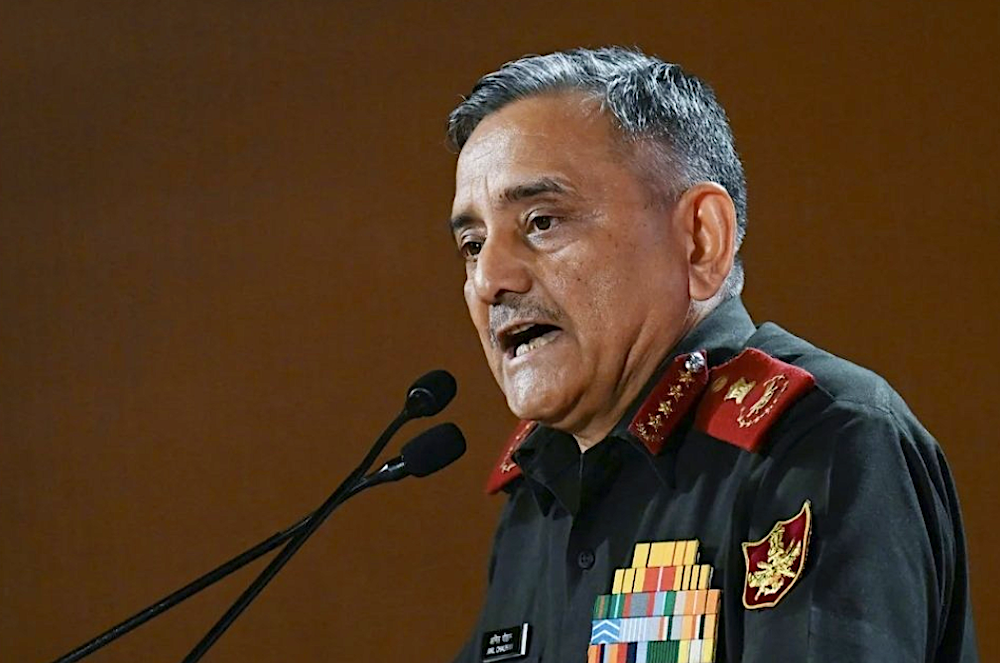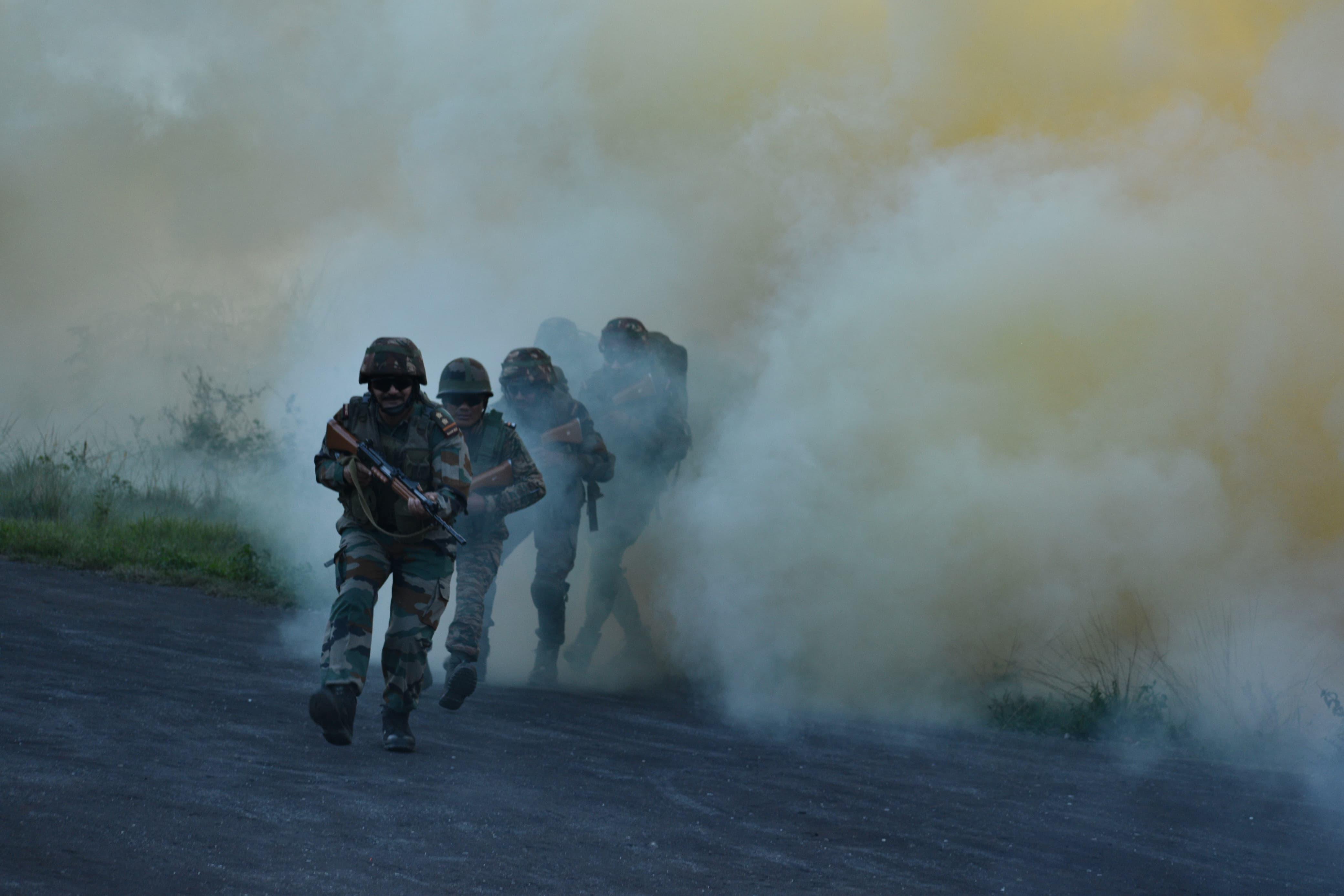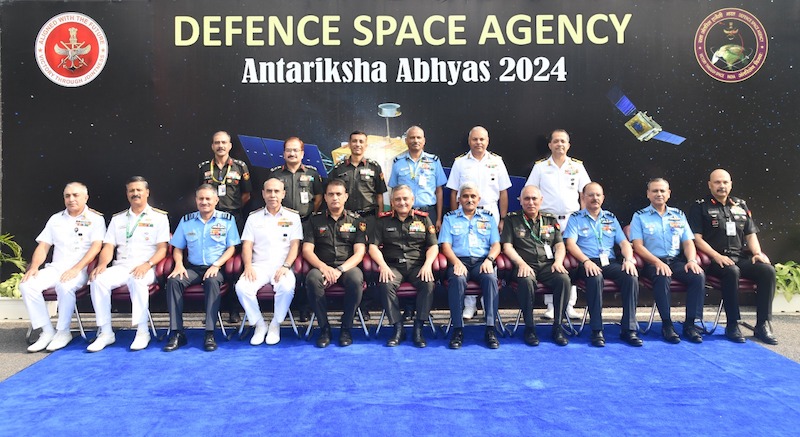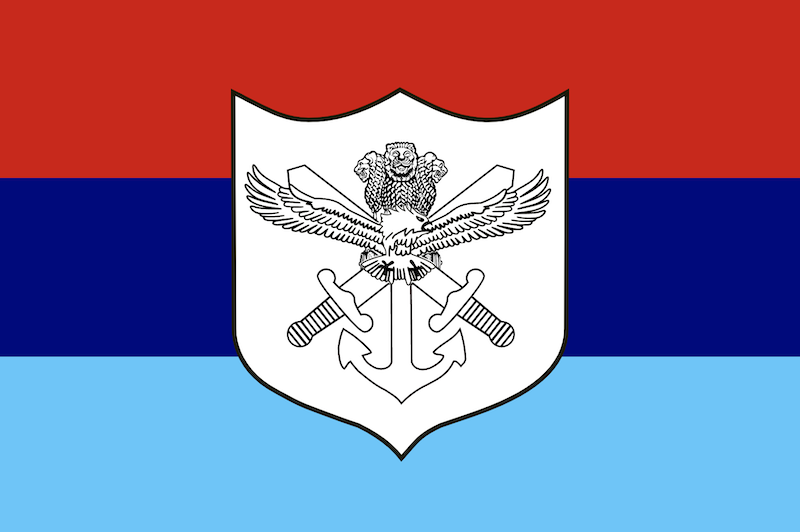 Flag of Indian armed forces.
Flag of Indian armed forces.
New Delhi: The Ministry of Defence has taken a major step towards enhancing the integration of the three services by notifying rules under the Inter-Services Organizations (Command, Control and Discipline) Act, 2023. The move marks the complete operationalization of legislation aimed at strengthening jointness among the country’s armed forces – Indian Army, Indian Navy, and Indian Air Force.
The rules, which came into effect from Tuesday, represent the final piece in implementing comprehensive reforms designed to streamline command structures across the Army, Navy, and the Air Force.
Careful Implementation Timeline
The ISO Act has followed a measured implementation trajectory since its conception. Parliament passed the legislation during the monsoon session of 2023, with the president, Droupadi Murmu, providing assent on August 15, 2023.
As India Sentinels had reported earlier, the law itself came into force on May 10, 2024, through a gazette notification, while the formal notification of Inter-Services Organizations followed on December 27, 2024. The newly notified rules, framed under Section 11 of the act, provide the procedural framework necessary for implementing the legislation’s provisions.
This phased approach reflects the government’s commitment to ensuring comprehensive preparation before full implementation. The rules serve as the operational backbone, establishing detailed procedures for discipline, administrative oversight, and operational integration across triservice organizations.
Addressing Historical Coordination Challenges
The legislation addresses long-standing coordination challenges that have historically affected the country’s armed forces. Currently, the military operates under three distinct service acts – the Army Act 1950, the Navy Act 1957, and the Air Force Act 1950 – which have sometimes posed difficulties in maintaining uniform discipline, coordination, and expeditious proceedings across interservice establishments.
The diverse nature of these separate acts has created procedural complexities when personnel from different services work together in joint operations or organizations. The ISO Act addresses these concerns through forward-looking provisions that create a unified legal framework while preserving the unique characteristics of each service.
Enhanced Command Authority
The act grants commanders in chief and officers in command of Inter-Services Organizations statutory authority to exercise command and control over all service personnel assigned to these units. This represents a fundamental shift from the existing structure, where these officers previously lacked disciplinary and administrative powers over personnel from other services.
Under the new framework, ISO commanders can exercise full command and control, including maintaining discipline and ensuring proper execution of duties by service personnel from all three services. Importantly, this enhanced authority operates without disturbing the unique service conditions applicable to each branch of the armed forces.
Read also: Two- and three-star officers to have common evaluation process
The legislation introduces the concept of commanding officers responsible for overseeing units, ships, or establishments within ISOs. These officers fulfil tasks delegated by the commander in chief or officer in command of the Inter-Services Organization, which will create clearer chains of command and responsibility.
Supporting Theaterization Strategy
The notification of these rules supports India’s broader theaterization strategy, which aims to integrate the capabilities of the Army, Air Force, and Navy while optimising resource utilization for wars and operations. This approach represents a significant departure from traditional service-centric operations towards a more unified command structure.
The legislation empowers existing Inter-Services Organizations, including the Andaman and Nicobar Command, the Defence Space Agency, and the National Defence Academy, while providing a framework for establishing new joint organizations. Future ISOs must include personnel from at least two of the three services, ensuring genuine triservice integration.
Expected Operational Benefits
The full operationalization of the law through these rules is expected to deliver several key benefits for India’s armed forces. The legislation will enable expeditious disposal of disciplinary cases, helping avoid duplication of proceedings that previously complicated interservice operations.
This streamlined approach should significantly reduce bureaucratic delays and enhance operational efficiency. The law establishes comprehensive frameworks for discipline, administrative control, and operational synergy across the services.
By eliminating redundant proceedings and creating unified command structures, the legislation paves the way for more integrated defence operations and improved coordination during joint missions.
Strengthening National Defence
The superintendence of ISOs remains vested in the central government, which may issue directions to these organizations on grounds of national security, general administration, or public interest. This provision ensures that joint operations align with broader national security objectives while maintaining appropriate civilian oversight.
The successful implementation of these rules is widely seen as representing a crucial milestone in India’s defence modernization efforts. By creating statutory frameworks for joint operations while preserving service traditions and conditions, the legislation seeks to strike a balance between integration and institutional identity.
As the country faces evolving security challenges, this enhanced integration among the armed forces through properly structured Inter-Services Organizations is expected strengthen the nation’s defence capabilities and operational readiness.
